Paul Butterworth has worked at Animal Logic in 1993 as compositing artist and later became the first Australian VFX supervisor! He also directed numerous commercials and do a lot of matte paintings. In 1998, he oversee 1300 shots in 8 months for the TV series FARSCAPE. In 2000, he founded with Dave Morley, Andrew Hellen, Simon Maddison and Jason Bath, the studio Fuel VFX. He oversaw the effects of X-MEN ORIGINS: WOLVERINE and is currently working on Ridley Scott’s PROMETHEUS.
What is your background?
I’m originally from England, and graduated with Honors in Graphic Design from Middlesex University. In the early 90s I travelled a lot and worked for various creative companies in Europe and the US in photography, illustration, animation, graphic design and commercial directing. Then I landed in Australia and immediately fell in love with it. My first jobs were in compositing and design with Zap and Animal Logic and I became the first VFX Supervisor in Australia. I continued building my portfolio in matte painting and art directing which kept me very busy on commercials and feature films. In 1998 when I was at Garner MacLennan Design, my concept art and style-frame work won the pitch for the visual effects work on the Sci-Fi Channel’s FARSCAPE. I took on the VFX Supervisor and VFX Art Director role for that show and we delivered 1300 shots in about 8 months. In those years, I worked closely with the people that were to become my business partners in Fuel VFX – Dave Morley, Andrew Hellen, Simon Maddison and Jason Bath – and we formed the company in 2000. Since then, we’ve continued to grow and now have about 65 full-time staff and about 30 freelancers working for us. I continue to direct commercials and VFX Supervise some of our feature film work.
How was your collaboration with director Kenneth Branagh and production VFX supervisor Wesley Sewell?
Working with Ken and Wesley was a fantastic experience, very collaborative, open and honest. As with any working relationship, it’s not just about doing good work, it’s about building trust – the trust that we can handle complicated problems, that we can interpret the brief and that we can deliver world-class work. Both Ken and Wesley were prepared to listen to our ideas and input and gave us great opportunities to build on the brief.
How did Fuel VFX get involved on this film?
It was really a combination of having been involved in the initial test phase of THOR back in the early part of 2009 and Marvel being happy with our subsequent work on IRON MAN 2.
What are the sequences made by Fuel VFX?
On Thor we worked on some of the ‘Bifrost’ shots – this is the name from Norse mythology of the rainbow bridge used to travel between worlds. In the film, this is interpreted as a wormhole that traverses the universe. The other main part of our work was creating effects within Odin’s chamber. The main part of this work was creating the energy field that Odin sleeps beneath, as well as Thor smashing through a wall.
Can you explain in detail how you created Bifrost? Have you received any specific references from the director for the Bifrost?
Kenneth had indicated that he wanted the Bifrost to be a ‘scientific trip’ where we traversed space in an interesting, unique way. In reality, if you were traveling through this wormhole at that speed, everything around you would be black, which isn’t very interesting! So I worked closely with our Head of Design Brendan Savage and gathered a lot of reference based on natural phenomena, such as the polar auroras and imagery from the Hubble telescope. Then we went through several iterations of concepts and testing to achieve the right look, consulting with Kenneth, Wesley and Marvel throughout the process. At the same time, our technical team led by CG Supervisor Roy Malhi spent many months programming a detailed fluid system to help the CG artists interpret the energy ribbons and nebula in the 3D space. Finally, our compositing team led by Tim Walker did a great job to piece the scores of elements together.
How did you handle so many particles? Your render farm has had to suffer isn’t?
Roy Malhi, CG Supervisor // We developed in-house tools to deal with the mass amounts of data that we were required to fly through, taking advantage of the fact that Renderman is exceptionally good at handling a large number of points at render time. We went through the creative process in Maya, developing the look with small amounts of data until we were happy with the look. Our render farm didn’t take a big hit, because we split the data-heavy processes across many of our older machines and then assembled it back together for rendering.
Can you explain the shooting scenes of Bifrost departure and arrival? Are the actors were hung on wires?
For all shots, except one where Chris Hemsworth was shot on a wire, we created digital doubles. The shots required for Bifrost were all CG. So we workshopped with Kenneth, VFX Supervisor Wes Sewell and Marvel, and did a lot of work to develop what the Bifrost wormhole would look.
About the Chamber of Odin. How did you create the energy field on his bed? And what references have you received for this energy field?
For Odin’s Chamber, we developed a dome and curtain of light rays that hover over Odin’s bed. This dome of light suggests harnessed power and energy that revitalizes him as he sleeps. We took a lot of reference from the natural world such as the corona of the sun and gave the sleep effect plenty of volume and space. CG Supervisor Pawel Olas used both fluid and particle simulations in shifting shades of gold and bronze to reference the sun and give it its majestic look.
What was the biggest challenge on this project?
Perhaps the most demanding task on this film was to successfully interpret what the Bifrost would look like. You can’t Google what these things look like – they are totally imagined and within the heads of the stakeholders. So to extract that and interpret it for the big screen was an interesting challenge creatively. Technically, probably creating fluid simulations that could be art-directed and used for both the bifrost and Odin’s chamber shots. Part of the difficulty with solving these is that we had to ensure they would work in stereo.
How long have you worked on this film?
We started working on it in 2009. Over that time, we conducted several tests especially for the Bifrost shots.
How many shots have you made and what was the size of your team?
We had about 25 people working on Thor and we delivered 55 shots.
What is your next project?
We’re currently working on CAPTAIN AMERICA: THE FIRST AVENGER for Marvel as well as Ridley Scott’s PROMETHEUS for 20th Century Fox.
A big thanks for your time.
// WANT TO KNOW MORE?
– Fuel VFX: Dedicated page about THOR on Fuel VFX website.
© Vincent Frei – The Art of VFX – 2011


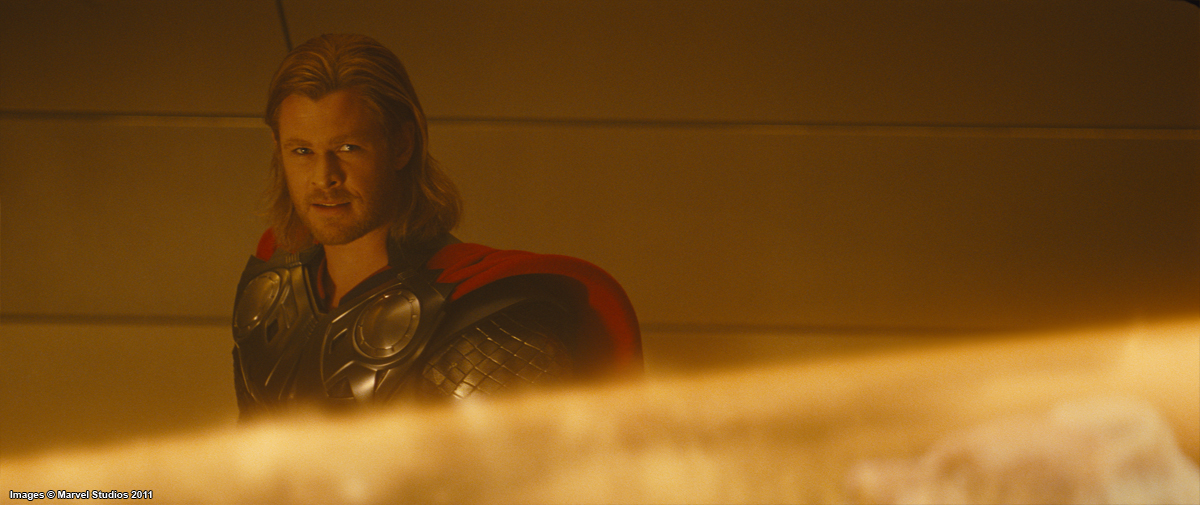
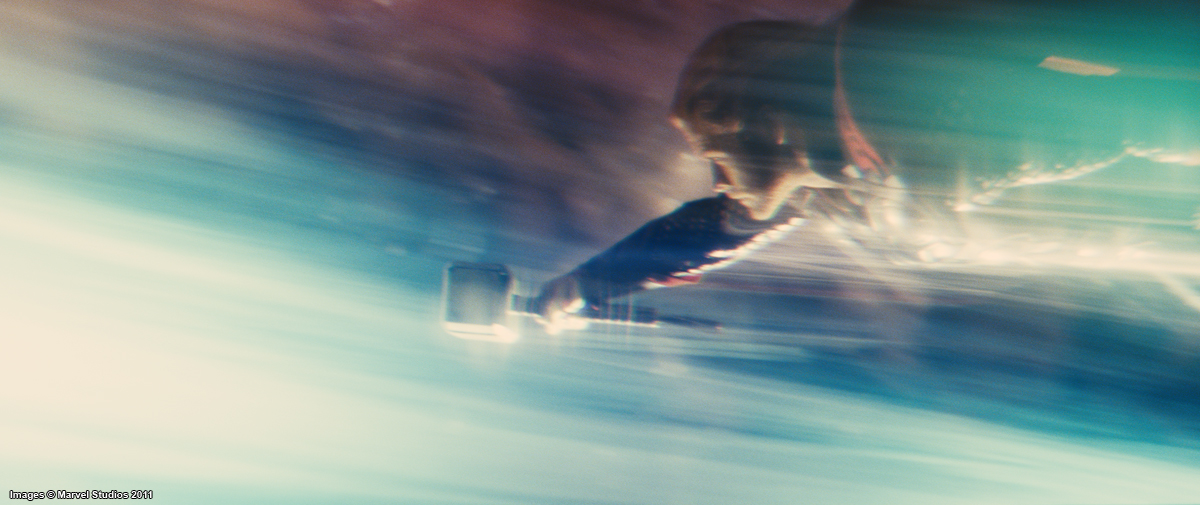
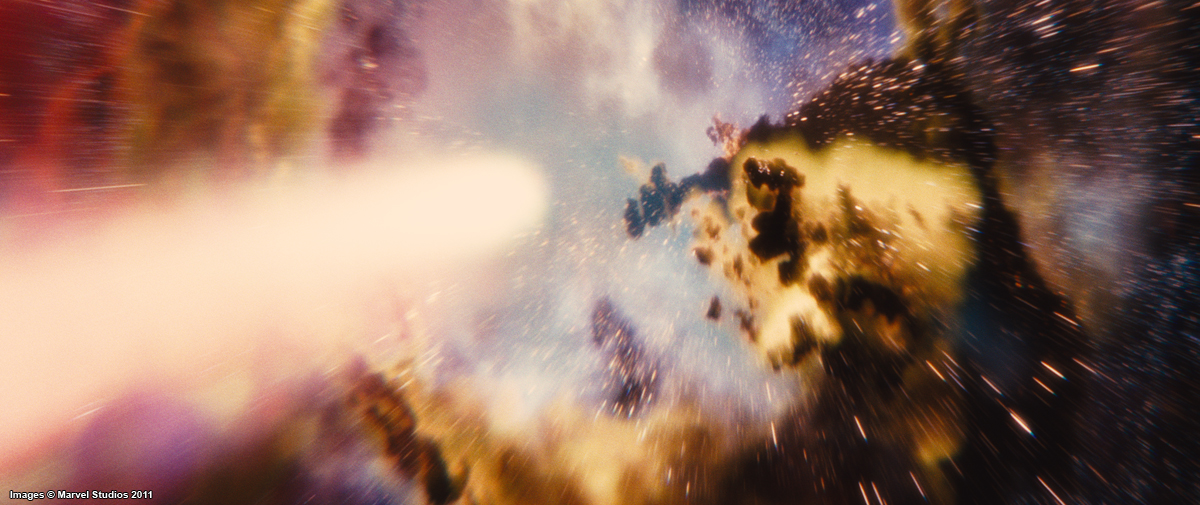
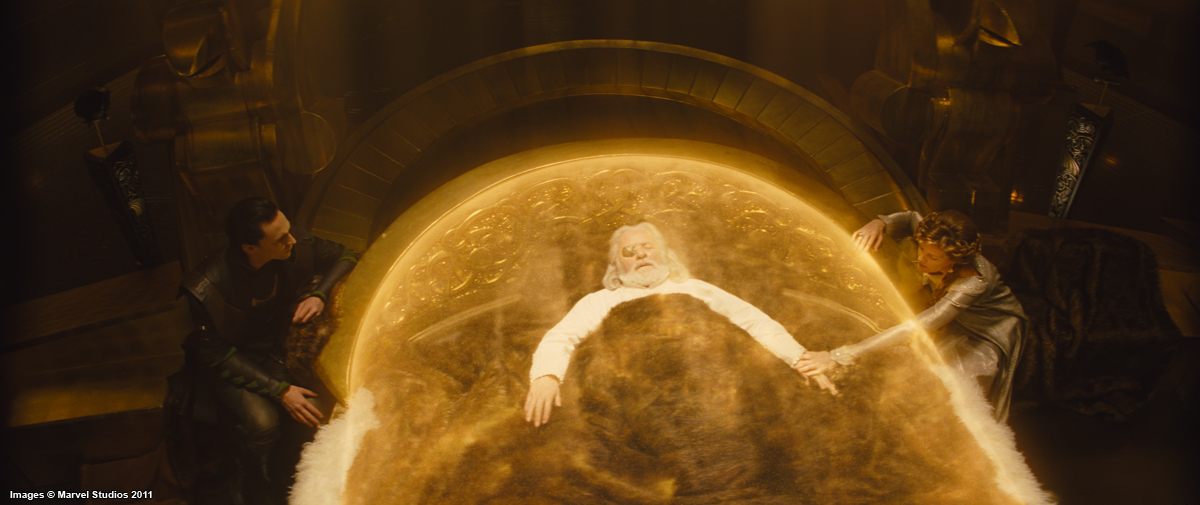
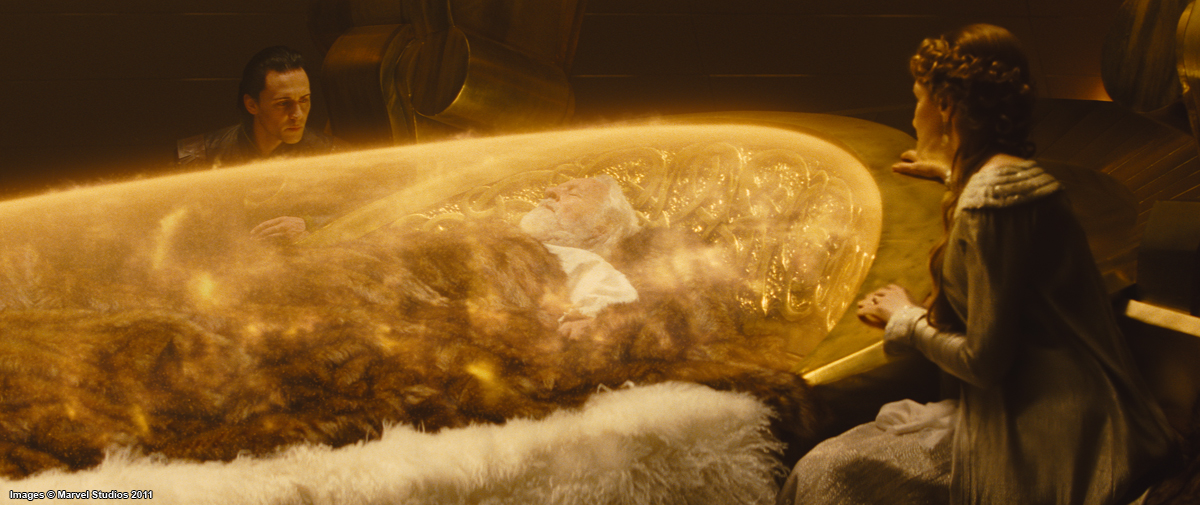
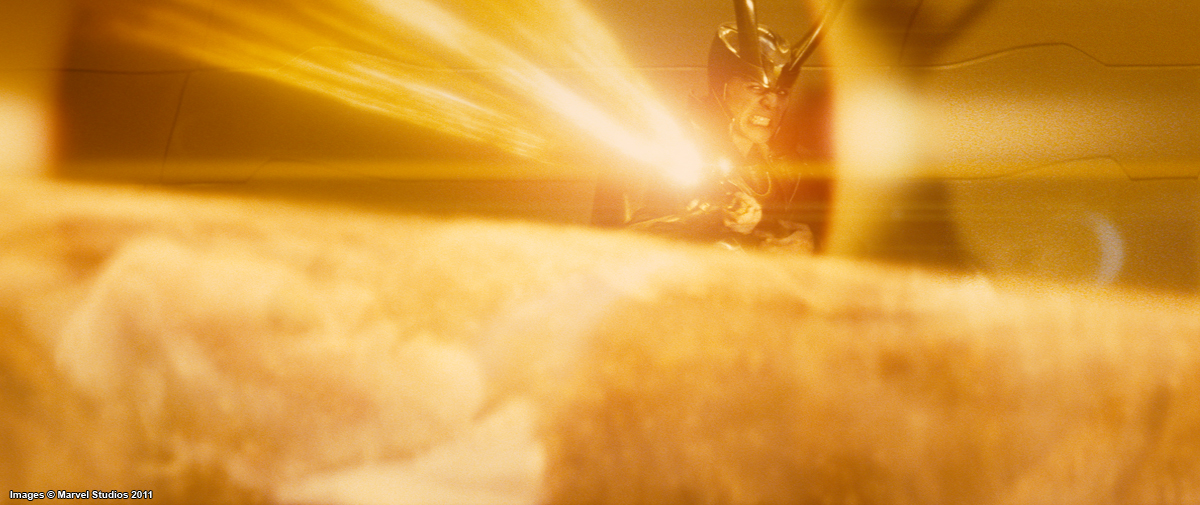





~ ?????? Thank you for sharing such a wonderful. I very like! ~ ??